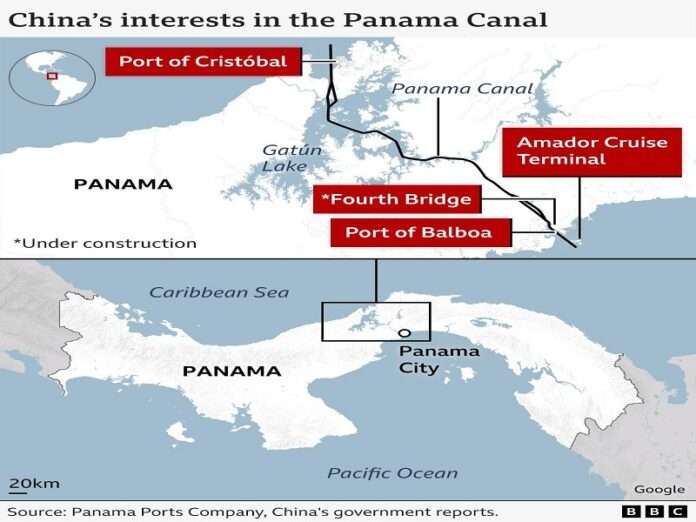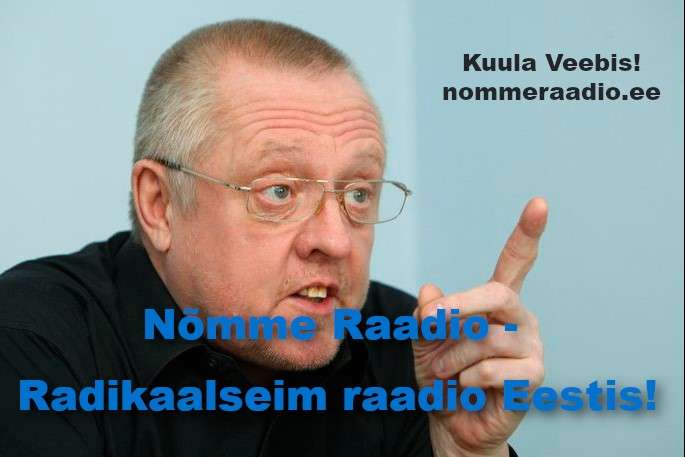Panamanian President Jose Raul Mulino declared after meeting with Secretary of State Marco Rubio that his country’s 2017 memorandum of understanding with China on the Belt & Road Initiative won’t be renewed and that it might even terminate the deal earlier. His policy shift was preceded by Trump threatening that “something very powerful is going to happen” if Panama doesn’t neutralize China’s influence over the canal and follows Rubio elaborating on the US’ perceived threat assessment.
He told Megyn Kelly last week that the Hong Kong-based company which built port facilities on both sides of the canal is under the Chinese government’s control and could thus shut down transit through that waterway as part of Beijing’s contingency planning in the event of a crisis with Washington. It’s unimportant whether others share this assessment since all that matters is that this is how Trump 2.0 sees everything and is the reason why it’s coercing Panama over the canal.
That observation presages impending Sino-US military tensions since the US wouldn’t preemptively make these moves without expecting a possible worsening of relations with China. Trump already escalated his famous trade war with China over the weekend by imposing additional 10% tariffs on it but that on its own likely won’t lead to a full-fledged crisis between them. Rather, it’s the US’ opposition to China’s regional territorial claims over Taiwan and the East and South China Seas that could result in this.
Accordingly, there are reasons to expect that the US will more forcefully push back against those aforesaid claims in the coming future, ergo the need to secure the Panama Canal just in case tensions spiral out of control and Beijing orders its company there to shut down transit as a plausibly deniable asymmetrical response. That could greatly harm the US economy together with greatly impeding the US Navy’s ability to rapidly build up its capabilities in the Indo-Pacific in response to a regional crisis there.
Trump 1.0’s National Security Strategy in 2017 already declared China to be the US’ strategic competitor so it follows that his second administration would build upon that by more muscularly containing China. Prior to that, it’s imperative that the US preemptively neutralizes as many of the means as possible through which China could asymmetrically respond to that in plausibly deniable ways, with the Panama Canal scenario being among Trump 2.0’s priorities due to its importance in American grand strategy.
Likewise, remaining bogged down in Eastern Europe fighting a hopeless proxy war with Russia that Rubio admitted that Ukraine can’t win and is actually leading to its destruction has kept tens of thousands of US troops on the other side of Eurasia, hence the need to end the conflict sooner than later so they can subsequently redeploy to the Indo-Pacific for containing China instead. This explains the urgency with which Trump 2.0 wants to at least freeze that conflict and might thus make some concessions to Russia.
Readers can learn more about how that might look here, which is beyond the scope of this analysis, but the point is that everything that Trump is now doing on the world stage is connected in one way or another to his administration’s preparations for impending military tensions with China. Some plans like neutralizing China’s influence over the Panama Canal are more clear-cut while others like his threats to tariff the EU aren’t as easily understandable in this context but they’re all perceived by him in this way.







